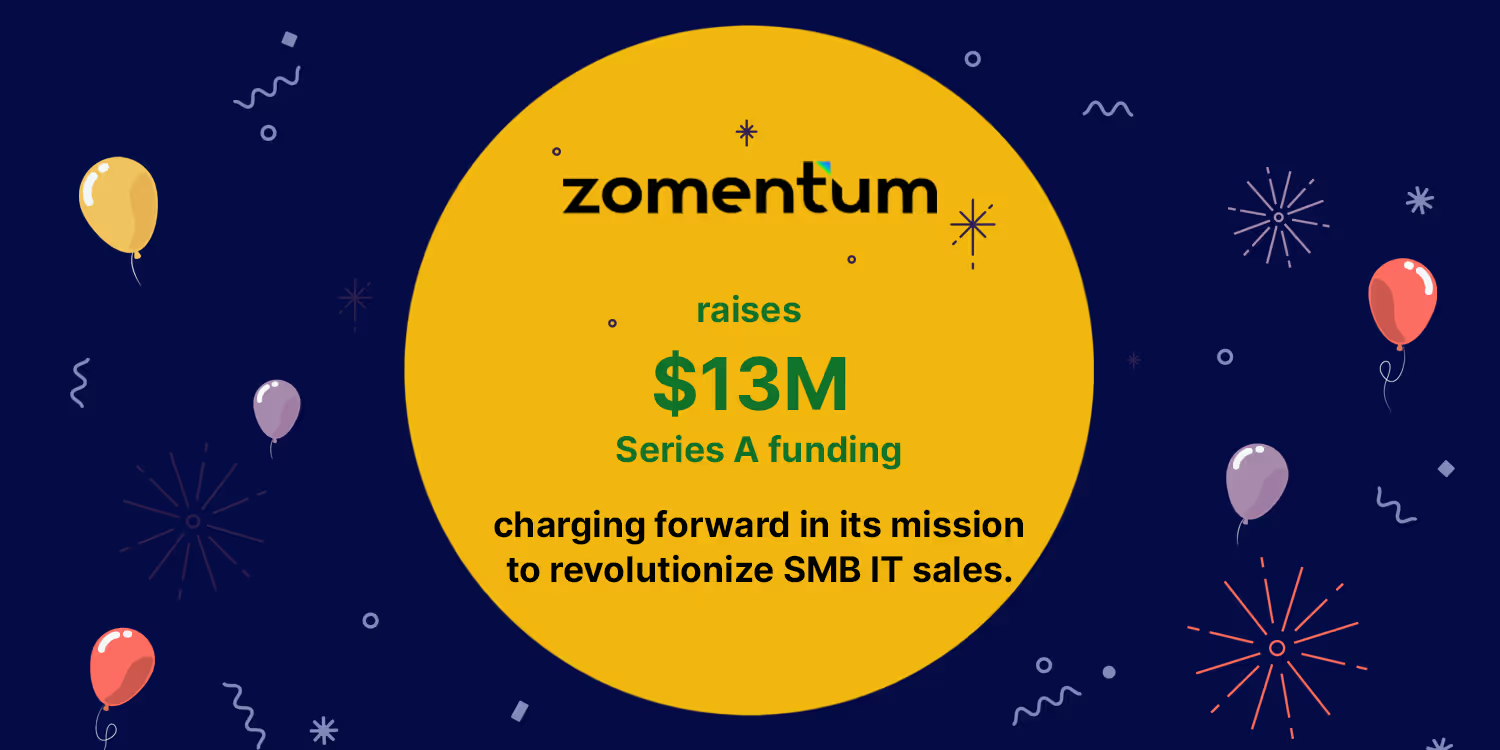Understanding the MSP Sales Funnel and How It Impacts Business Growth
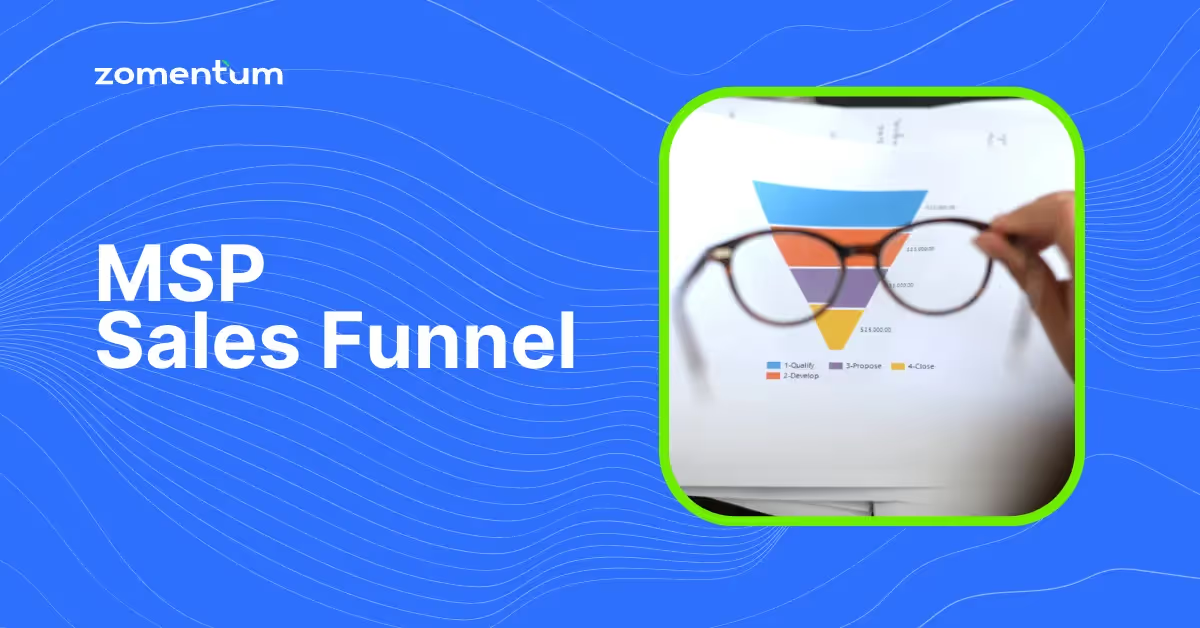
Make a list of as many successful businesses as possible; the one thing you’ll find common in them is a robust sales funnel. It’s the backbone for success as it guides potential clients through the buying process, from initial awareness to loyalty and advocacy.
And things are no different for managed service providers (MSPs).
In our previous guide on the MSP sales process, we briefly touched on the MSP sales funnel. And now, it’s time to dive deep into it. So let’s jump right in!
Recap: What is an MSP Sales Funnel?
A sales funnel is a process that takes potential customers through different stages toward becoming actual customers or clients. The standard sales funnel typically comprises four stages: Awareness, Interest, Decision, and Action (AIDA).
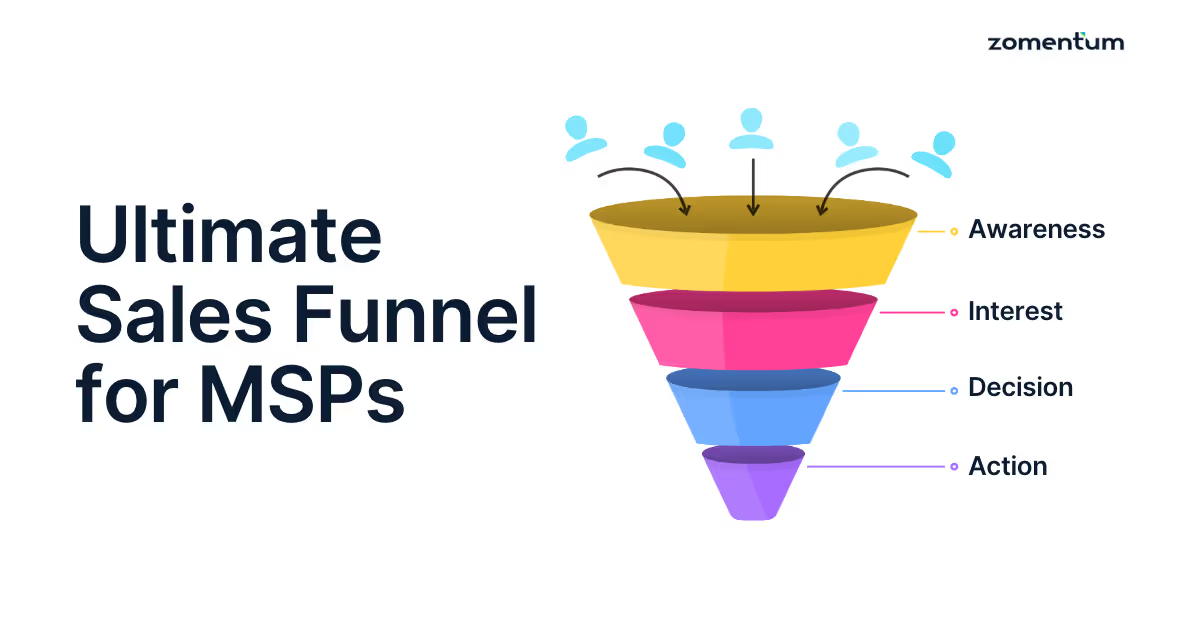
Here’s what these four stages mean:
- Awareness: Customers learn about your MSP services
- Interest: Customers begin to show interest in your MSP services
- Decision: Customers decide whether or not to go for your MSP services
- Action: Customers take the final step and sign a contract for your MSP services
However, since MSP services are diverse and not one size fits all, they need to look at the MSP sales pipeline at a more granular level. Instead of just looking at AIDA, they should also be looking at impressions, site visits, leads, MQLs, SQLs, opportunities, and closed deals.
We’ll be discussing each of the above-mentioned MSP sales funnel terms, but before that, let’s understand the key stages of the MSP sales funnel.
What are the Key Stages of the MSP Sales Funnel?
As we discuss, a standard sales funnel has four stages — awareness, interest, decision, and action. But because of the complex nature of MSPs, the MSP sales funnel is a little more fine-tuned with seven stages.
Here’s what it looks like:
1. Lead Generation
The MSP sales funnel begins with lead generation. It’s the process of attracting potential clients to your business and turning them into leads. For MSPs, lead generation is critical because it allows them to identify potential clients (the ones who need the services of MSPs) and create opportunities to sell their services. You can use a range of digital marketing strategies to generate leads. The strategies include email marketing, social media marketing, PPC advertising, content marketing, and SEO.
With a well-coordinated marketing campaign that targets the right audience with the right messaging, your MSP can generate more leads and improve its sales pipeline. To succeed in lead generation, MSPs must clearly understand their target market, pain points, and the services they seek. This helps you tailor the marketing messages and campaigns to the specific needs of your audience and increases your chances of generating quality leads.
2. Lead Qualification
Once MSPs have generated leads, the next stage in the MSP sales funnel is to qualify them. Lead qualification is the process of determining which leads are most likely to become paying clients. It involves assessing the needs and requirements of each lead and identifying those who are a good fit for the services offered. Lead qualification is essential because it helps MSPs focus their sales efforts on the most promising leads, increasing their chances of converting them into paying clients. MSPs can qualify leads by analyzing their needs, budget, and IT infrastructure to determine whether they are a good fit for their services.
3. Offering Trials
When you’ve qualified leads, you must give them a taste of what you offer. By offering a free trial of your MSP services, you can prove your competence to potential clients and build their confidence in your services. During the trial stage of the MSP sales funnel, MSPs can showcase their expertise and professionalism by delivering quality services and providing excellent customer support to build trust with potential clients and increase their willingness to sign up for your services.
However, it's essential to remember that not all MSPs can offer a free trial, especially those that need to set up a vast hardware network. In such cases, alternative strategies can be used to showcase your capabilities to potential clients. One option is to show them case studies from previous clients detailing how you implemented your systems and how it helped them achieve their goals. The ultimate goal of the trial period is to demonstrate your value proposition to potential clients, regardless of the specific method used to achieve this.
4. MSP Sales Process Follow-up
The next stage of the MSP sales funnel is following up with potential clients, which is critical to converting them into paying clients. MSPs should adopt a calculated approach when following up with leads, using multiple communication channels such as telephone, email, text messages, and social media. Moreover, you should avoid being too sales-oriented in follow-up communications and instead focus on educating potential clients about the benefits of the services.
5. Drafting a Proposal
The proposal stage is a critical point in the MSP sales funnel, where MSPs provide potential clients with a detailed outline of the services they will receive and the corresponding implementation framework. While drafting a proposal, you should focus on the business value your services will achieve and provide all relevant details about the services on offer.
The proposal should explain all the services your MSP plans to provide and the pricing information for each service. MSPs can also consider offering various service options for each customer, depending on their needs and preferences. Once the proposal has been sent, MSPs should give potential clients ample time to study its particulars and seek further clarification before making a decision.
6. Managing Rejections
Despite their best efforts, MSPs may face rejection from potential clients, and it happens a lot. This is what makes “managing rejections” a crucial stage of the MSP sales funnel. MSPs should assess the reasons for rejection and make a counteroffer that addresses the client's concerns. By being flexible and willing to compromise, MSPs can salvage the situation and turn a rejection into an opportunity to build trust and strengthen their relationship with potential clients.
7. Closing the Deal With the Contract
The final step of the MSP sales funnel is closing the deal with a contract. In this stage, the prospect accepts the proposal and is willing to commit to the MSP's services. MSPs should ensure that the onboarding process is quick and simplified so clients don't have to jump through hoops to give them their business. It's also essential for MSPs to convince prospects that they are a credible and trustworthy business. And you can do this by leveraging your overall industry reputation and testimonials from past clients.
The final phase of the sales funnel should ideally offer varying options to suit clients' varying needs and preferences. You must pay close attention to every stage of the MSP sales funnel and put in careful planning and execution to ensure you’re effectively promoting your services and attracting potential clients.
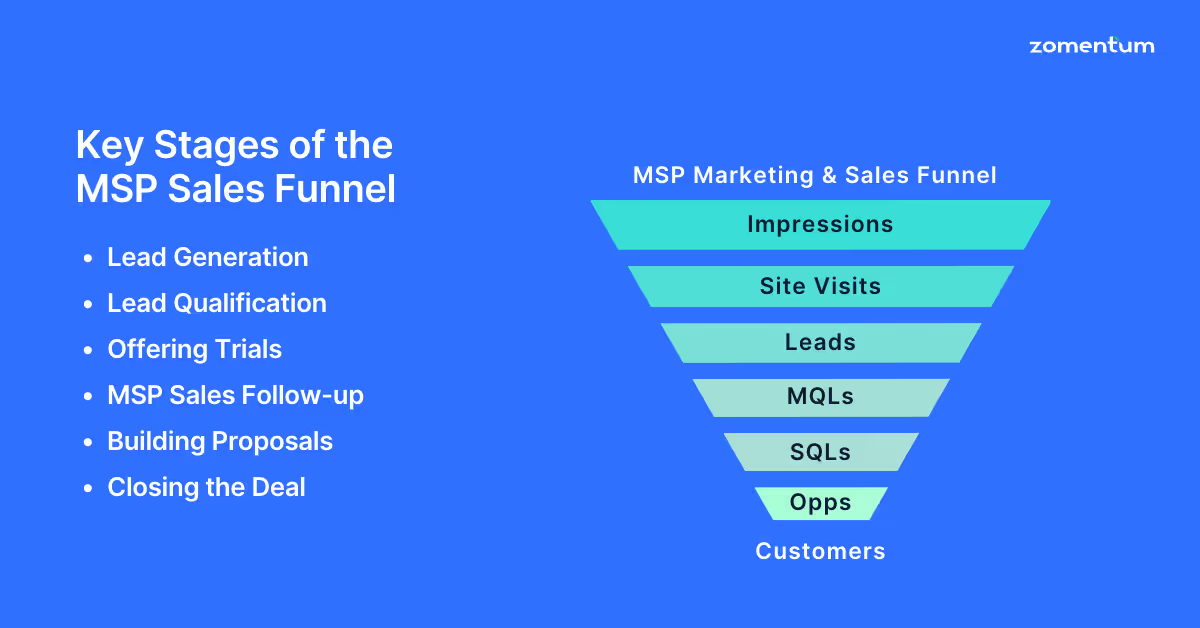
Terms You Need to Know When Building Your MSP Sales Funnel
As an MSP professional, there's no doubt that you have a deep understanding of the technical aspects of your business. However, you need more than technical expertise to make your MSP successful.
Understanding the key terms related to the MSP sales funnel is critical to the growth and success of your business. Here are some key terms related to the MSP sales funnel:
1. Impressions
Impressions are an essential metric for optimizing the MSP sales funnel as they indicate the number of times your MSP's content, ad, or post is displayed to potential customers. This can help you gauge the effectiveness of your marketing campaigns and identify opportunities to increase visibility and reach.
2. Marketing Qualified Leads
MQLs are leads who have been identified as having a higher likelihood of becoming a customer based on their engagement with your marketing efforts. Tracking MQLs can help MSPs focus their marketing efforts on the most promising leads.
3. Sales Qualified Leads
SQLs are MQLs who have been further qualified as having a higher likelihood of becoming a customer based on their interest and fit for your MSP's services. SQLs only require a nudge from your end to take them to the next stage of the MSP sales funnel.
4. Sales Opportunity
A sales opportunity is a potential customer who has been identified as a good fit for your MSP's services and is actively being pursued by your sales team. By tracking sales opportunities, you can identify areas for improvement in the lead qualification stage of the MSP sales funnel.
5. Sales Pipeline
A sales pipeline is a visual representation of the various stages of the MSP sales funnel, from initial lead generation to closing the deal. By tracking the progress of leads through the MSP sales funnel, you can identify areas for improvement in the sales process.
6. Sales Velocity
Sales velocity is the rate at which potential customers move through the MSP sales funnel and convert into paying customers. MSPs can track sales velocity to identify bottlenecks in their process and optimize their efforts to increase the rate at which leads convert into paying customers.
Make the MSP Sales Funnel More Efficient With Automation
There’s no doubt that MSPs can’t survive without technical expertise. But it doesn’t mean marketing needs to go on the back foot — having a robust MSP sales funnel is equally essential. And to keep the MSP sales funnel running smoothly, it's crucial to build a well-defined process and incorporate automation wherever possible. This is where Zomentum for Partner comes in!
It allows you to send quick proposals, quotations, and contracts to your potential clients and then allows you to automate follow-ups with email triggers and custom workflows.
Want to transform your MSP sales funnel?
Suggested Blogs
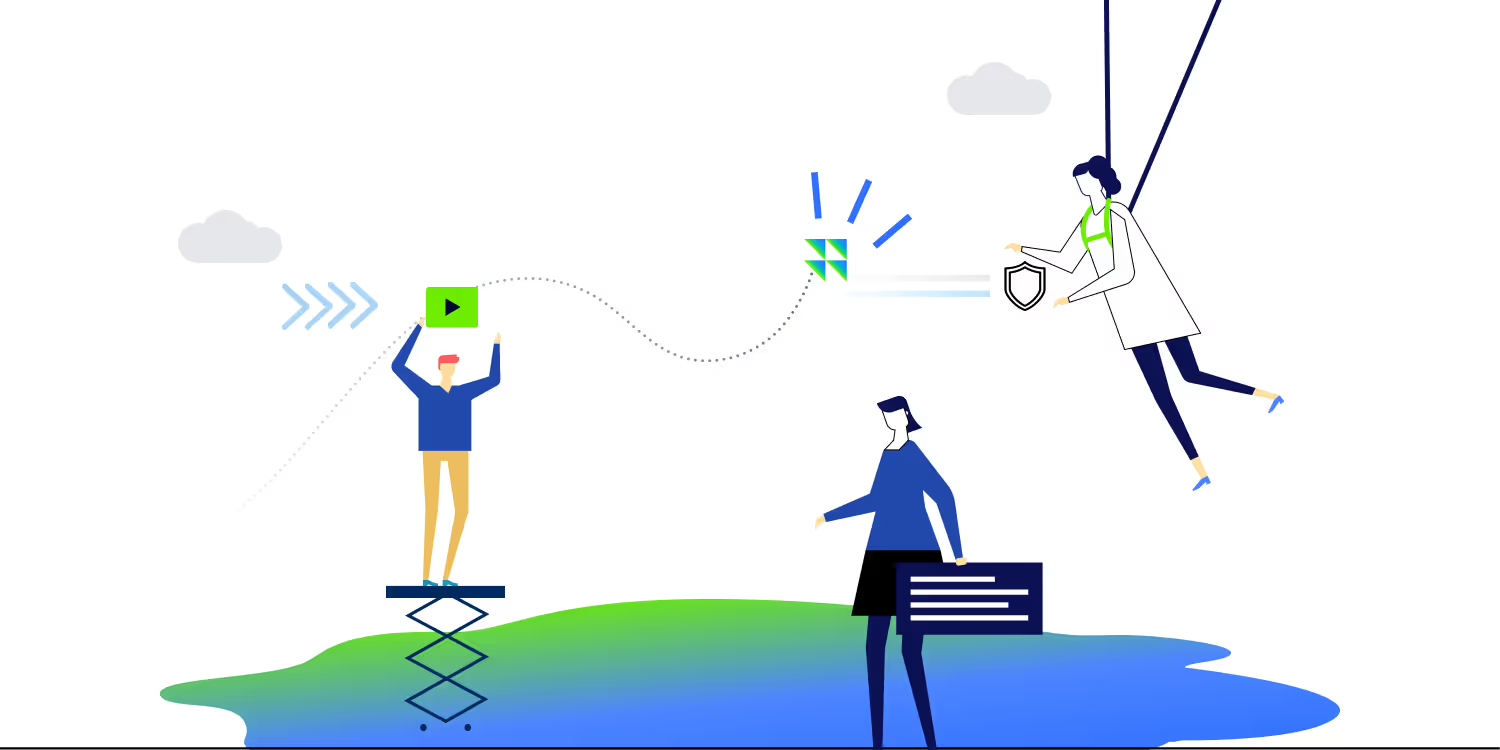
What’s new in Zomentum - December 2019
.avif)
Zomentum Announces the Top Influential Partners of 2023: Leading the Way in Growth and Innovation
